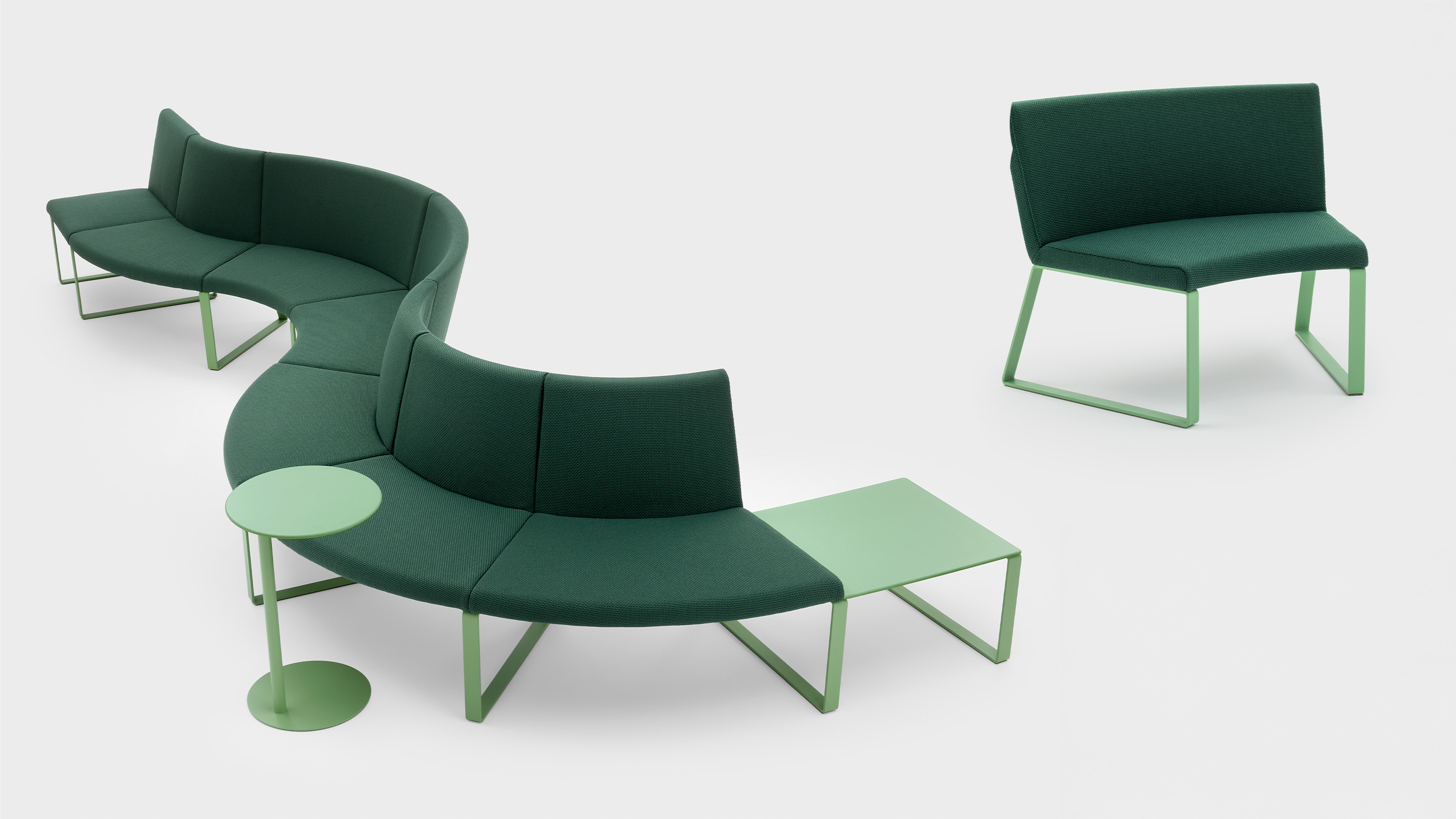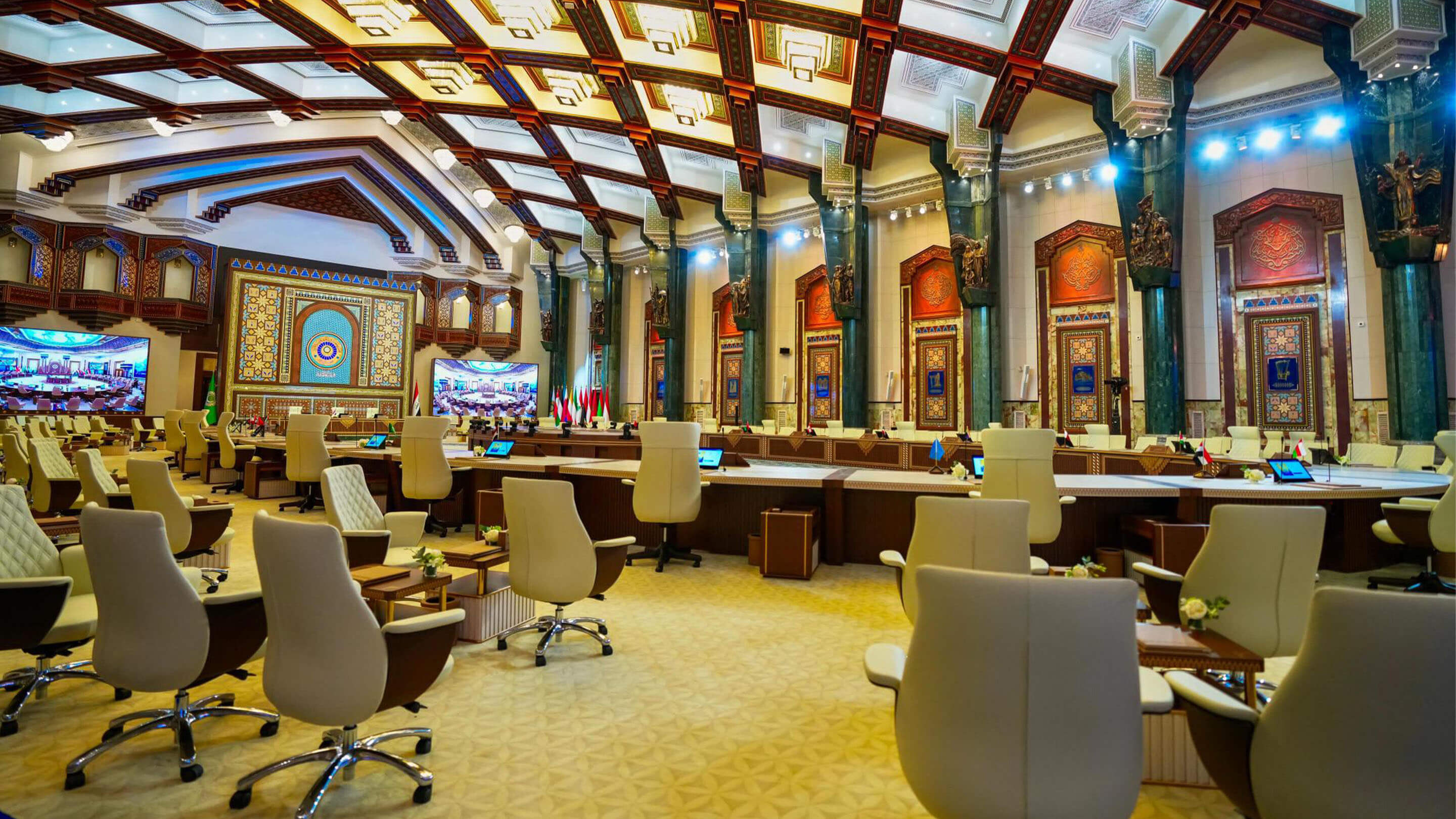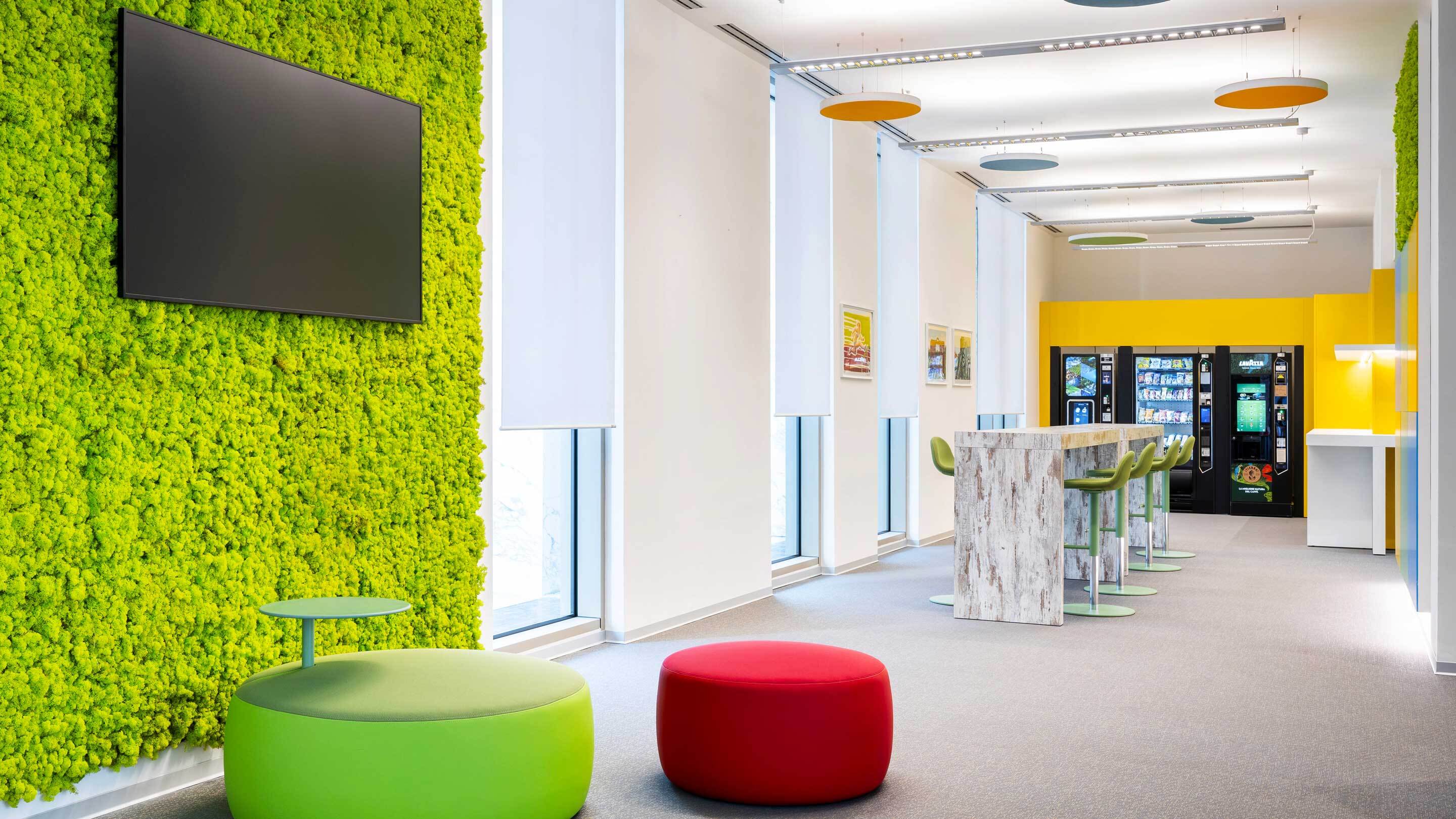A supporting structure in die-cast aluminum and an elegant, contemporary soul. There is no doubt about the unique and innovative character of Adele, the line of executive office chairs by Viganò & C. Equipped with a kind of light yet robust exoskeleton, serving both functional and aesthetic purposes, this chair is a product of the modern vision of the workplace, which must first and foremost be a place of psychophysical well-being. Its unique value has been recognized by the prestigious Chicago Athenaeum Museum of Architecture and Design, which awarded Adele the Good Design Award 2021.
But how does a chair worthy of such recognition come to life?
Folco Orlandini of Orlandini Design, the studio behind Adele’s design, explains.
Where did you draw inspiration from for Adele’s design?
For me, the design of an object always starts from certain functional, aesthetic, and production factors that are then translated into a form. In the case of Adele, we had a non-negotiable constraint: it had to feature both a padded backrest and a mesh backrest. This led us towards a perimeter supporting structure on which we could attach the different materials. Adele had to be an executive chair, a high-level chair; thus, the choice of materials naturally leaned towards die-cast aluminum rather than plastic or other less valuable materials.
From an archetype of the technical chair, Viganò & C.’s office chair collection has become a true icon of modern design: what are the elements that make it unique?
I believe Adele is the perfect synthesis of ergonomic comfort and aesthetic minimalism. Office chairs have always had to meet certain ergonomic standards, which is why they need numerous adjustments such as backrest inclination and height, seat and armrest height, seat depth, and lumbar support. All these variables materialize into mechanisms that have always heavily impacted the chair’s aesthetics, making it extremely functional but less pleasing in form. The trend in recent years, especially in executive chairs, has been to lighten the design, sacrificing some ergonomic adjustments for a more understated and elegant minimalist aesthetic. In developing Adele, we paid close attention to this balance between function and aesthetics, removing the superfluous to achieve the optimal result.
We are witnessing an unprecedented revolution in office environments and the world of work in general: how has the role of designers changed?
The role of the designer hasn’t really changed. It has always been about analyzing and interpreting changes and needs in daily living, creating objects and aesthetic-functional languages that respond to those needs. In recent years, the work environment has radically changed in the division and use of spaces. The boundaries between residential and work areas are increasingly blurred, and public areas are almost always equipped for occasional work. Consequently, furniture elements must keep pace with these changes, offering great compositional flexibility and the possibility of reconfiguration.
In 2021, the Chicago Athenaeum Museum of Architecture and Design awarded Adele the prestigious Good Design Award. What were the reasons for this choice?
Typically, Adele incorporates some iconic elements of office chairs, such as the supporting sides, and translates them into a chair that is current and situated in its time. Perhaps it is this historical recovery, brought up to date, that caught the attention of the Chicago Athenaeum.


